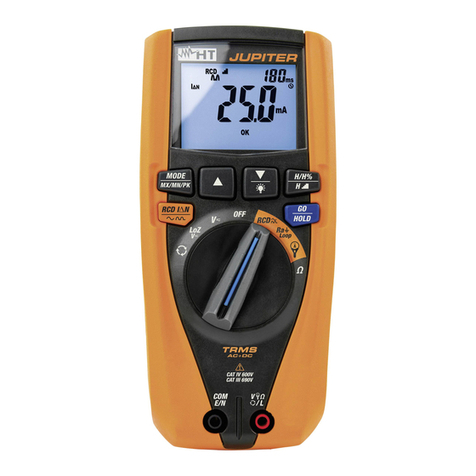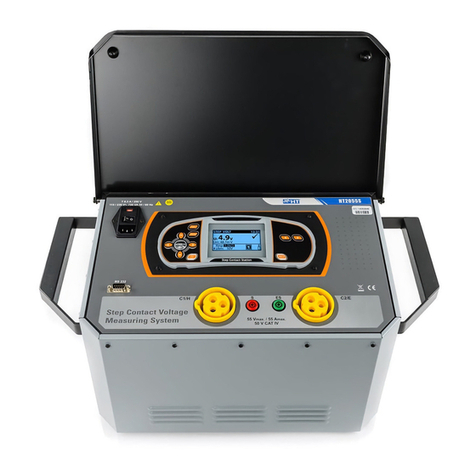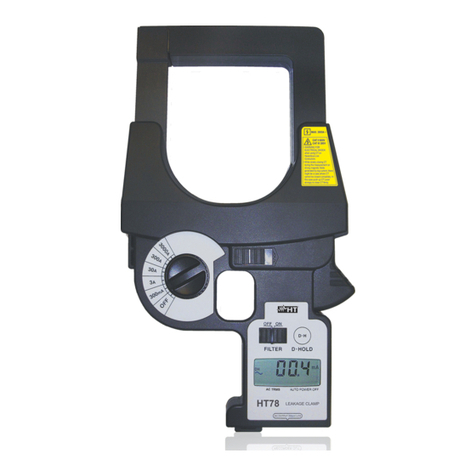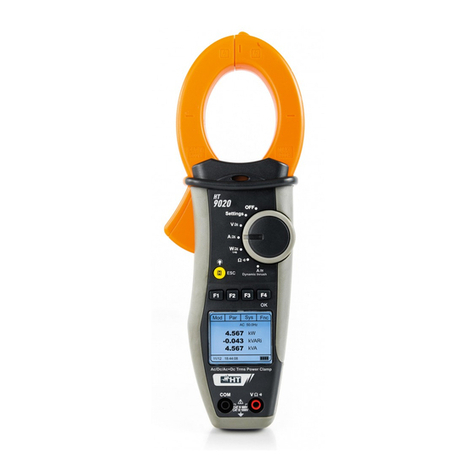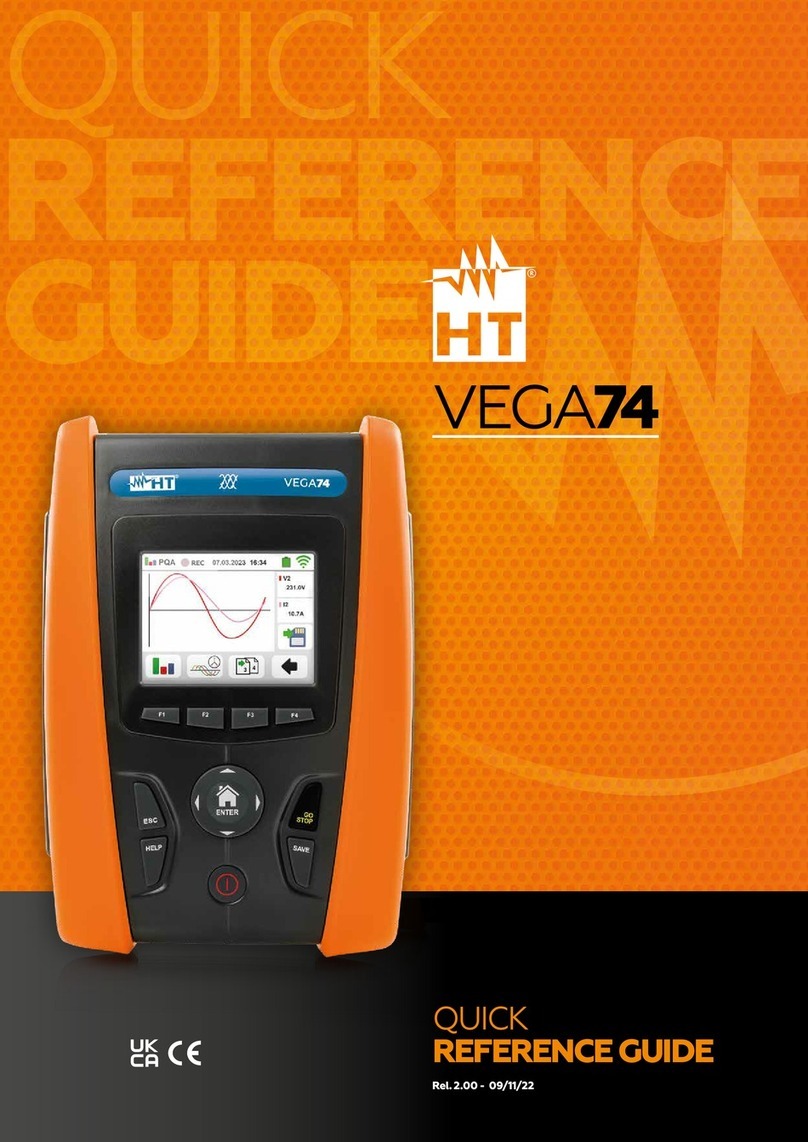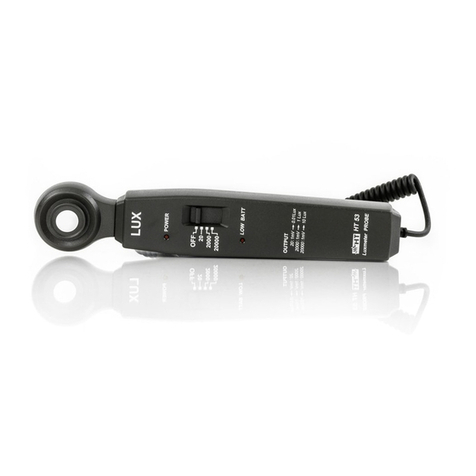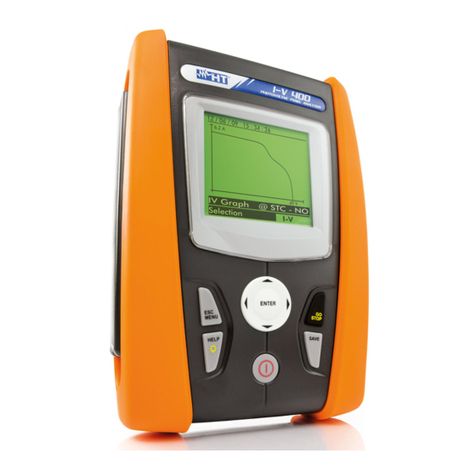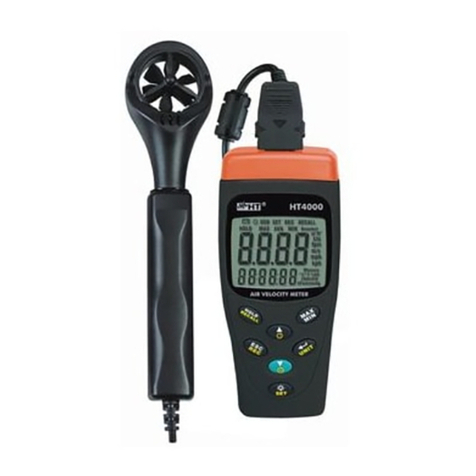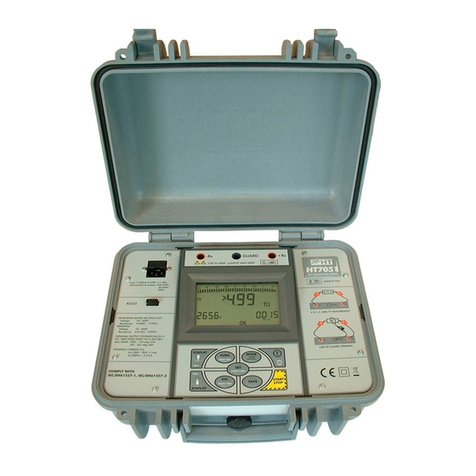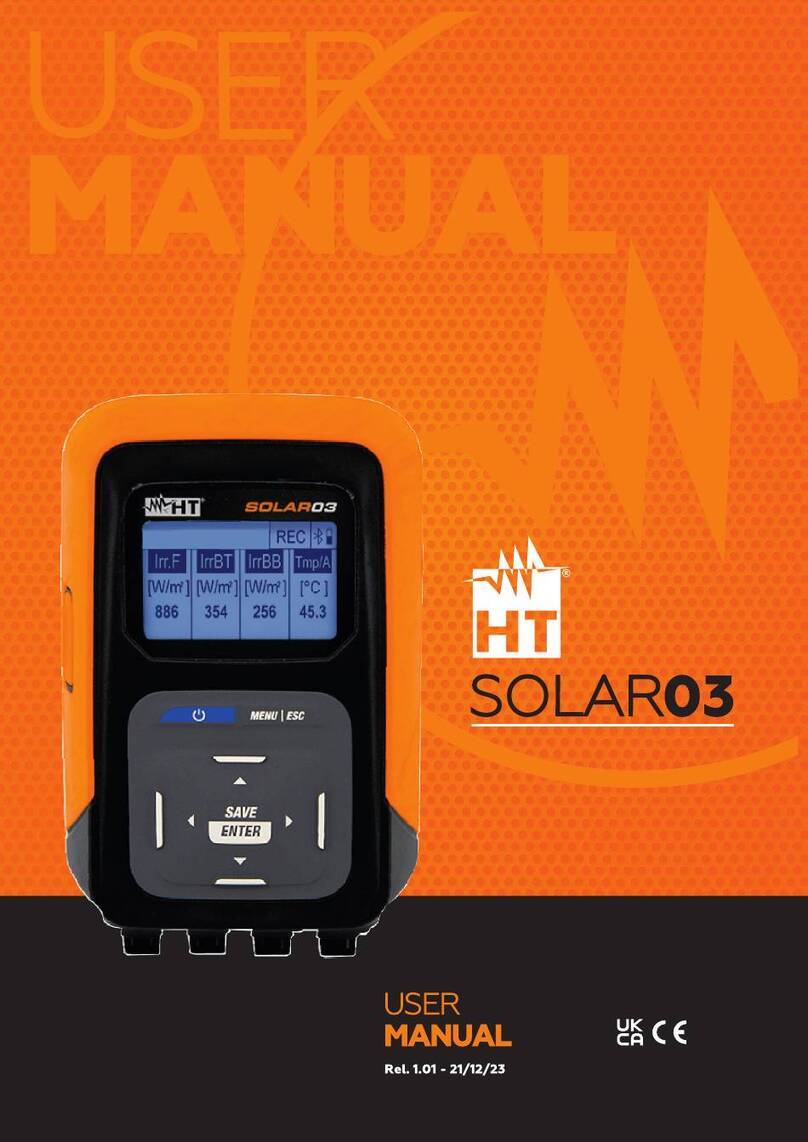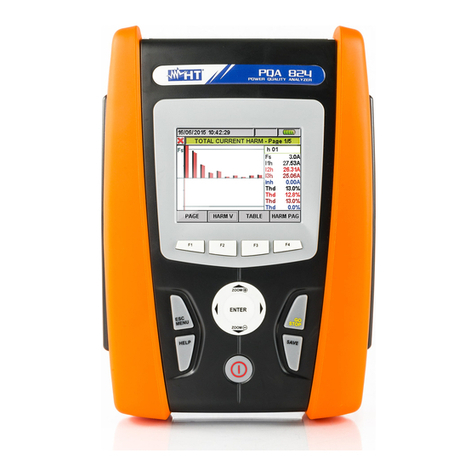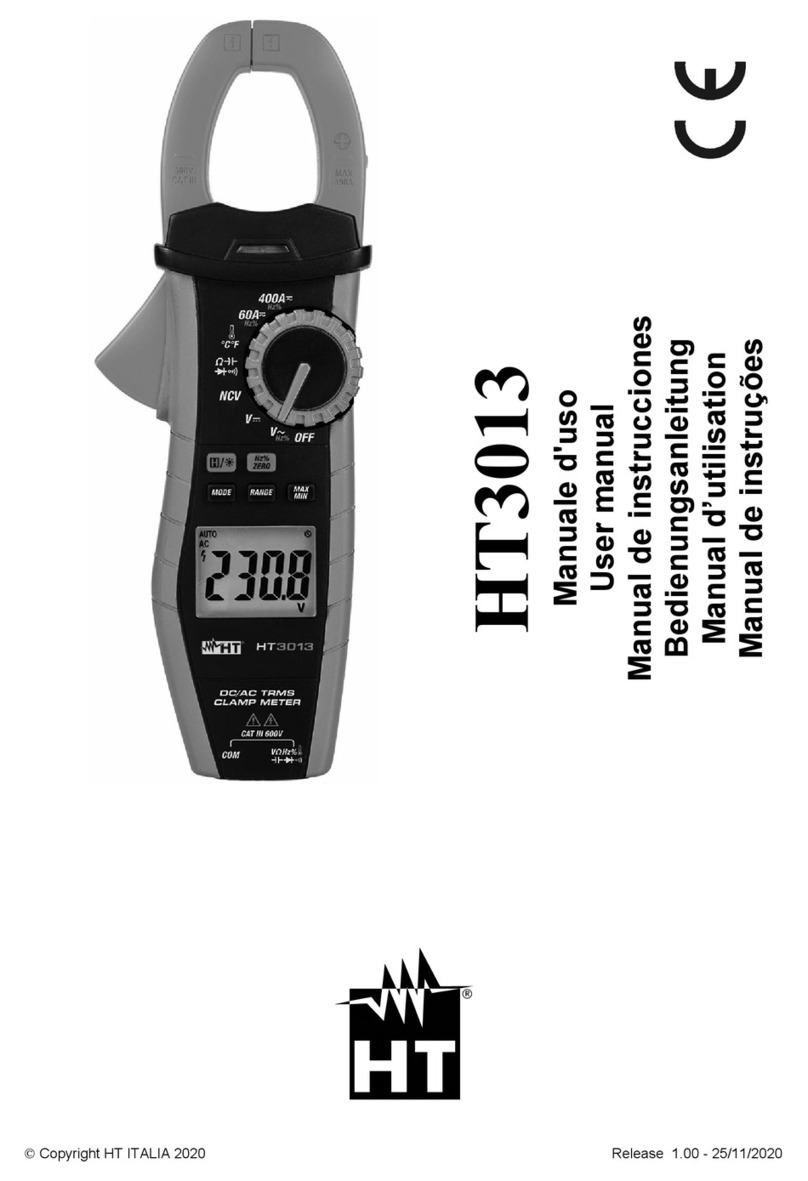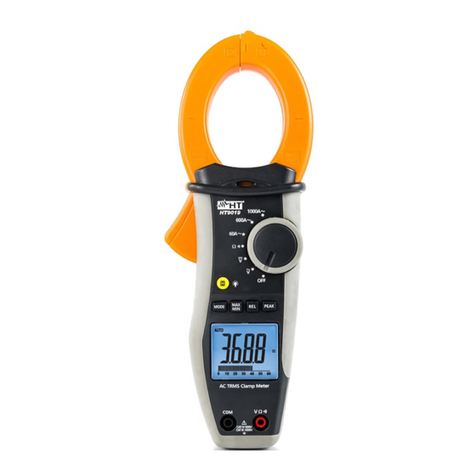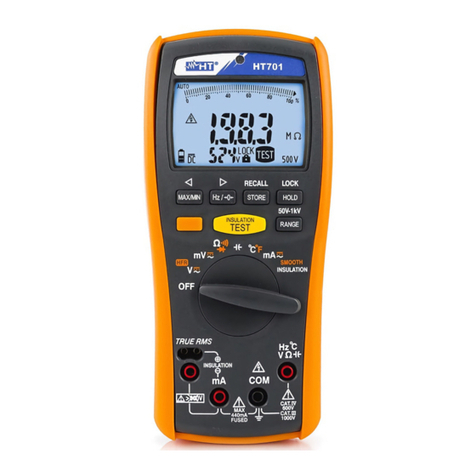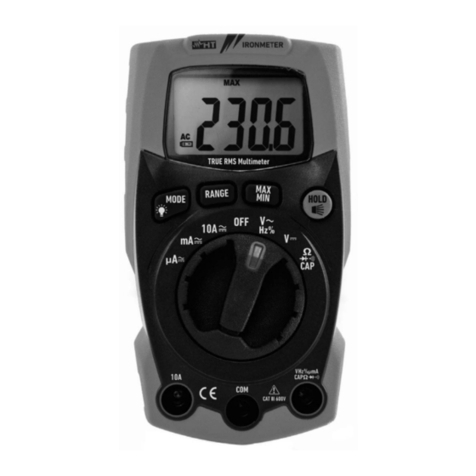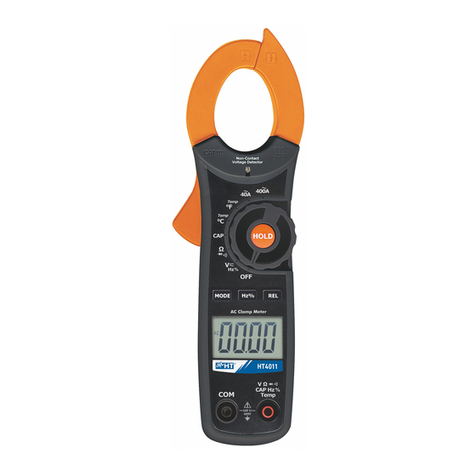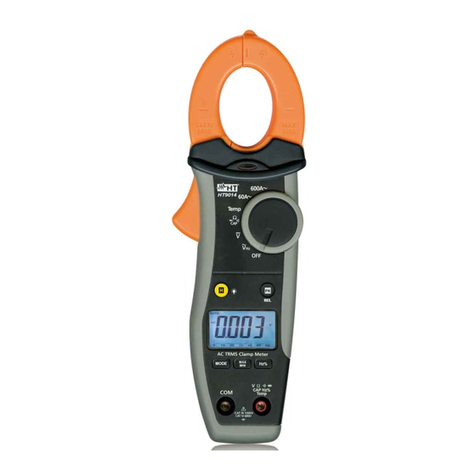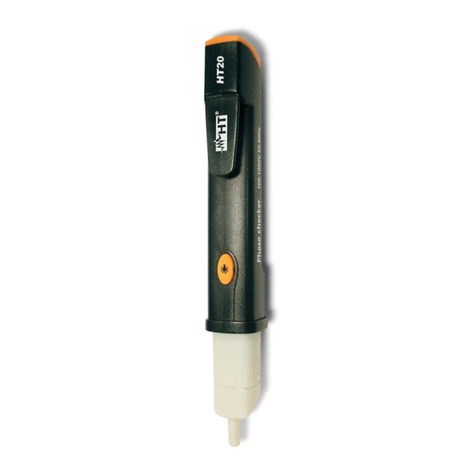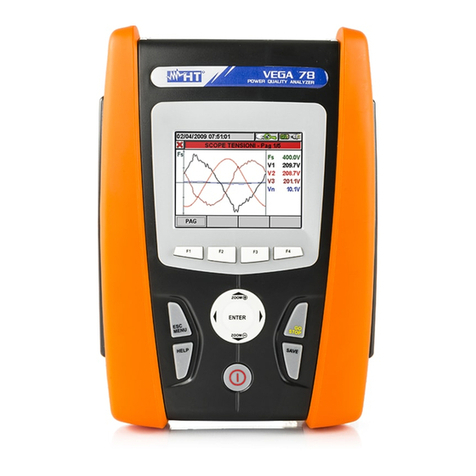HT60
EN - 1
Table of contents:
1.PRECAUTIONS AND SAFETY MEASURES...............................................................2
1.1.Preliminary instructions..................................................................................................... 2
1.2.During use......................................................................................................................... 3
1.3.After use............................................................................................................................ 3
1.4.Definition of Measurement (Overvoltage) category........................................................... 3
2.GENERAL DESCRIPTION...........................................................................................4
2.1.Measuring average values andTRMS values.................................................................... 4
2.2.Definition of true root mean square value and Crest factor............................................... 4
3.PREPARATION FOR USE...........................................................................................5
3.1.Initial checks...................................................................................................................... 5
3.2.Instrument power supply................................................................................................... 5
3.3.Calibration......................................................................................................................... 5
3.4.Storage.............................................................................................................................. 5
4.OPERATING INSTRUCTIONS.....................................................................................6
4.1.Description of the instrument............................................................................................. 6
4.1.1.Description of the controls.......................................................................................................... 6
4.2.Description of function keys .............................................................................................. 7
4.2.1.HOLD key .............................................................................................................................. 7
4.2.2.Hz% key...................................................................................................................................... 7
4.2.3.REL key...................................................................................................................................... 7
4.2.4.MODE key .................................................................................................................................. 7
4.2.5.Auto-Power-Off function............................................................................................................. 7
4.3.Description of rotary switch functions................................................................................ 8
4.3.1.DC Voltage measurement.......................................................................................................... 8
4.3.2.AC Voltage measurement .......................................................................................................... 9
4.3.3.Resistance measurement and Continuity test.......................................................................... 10
4.3.4.Diode test.................................................................................................................................. 11
4.3.5.Frequency and Duty Cycle measurements.............................................................................. 12
4.3.6.Capacitance measurement....................................................................................................... 13
4.3.7.Temperature measurement...................................................................................................... 14
5.MAINTENANCE .........................................................................................................15
5.1.General information......................................................................................................... 15
5.2.Replacing the battery ...................................................................................................... 15
5.3.Cleaning the instrument .................................................................................................. 15
5.4.End of life ........................................................................................................................ 15
6.TECHNICAL SPECIFICATIONS ................................................................................16
6.1.Technical characteristics................................................................................................. 16
6.1.1.Reference standards................................................................................................................ 18
6.1.2.General characteristics............................................................................................................. 18
6.2.Environment.................................................................................................................... 18
6.2.1.Environmental conditions for use ............................................................................................. 18
6.3.Accessories..................................................................................................................... 18
6.3.1.Standard accessories............................................................................................................... 18
6.3.2.Optional accessories................................................................................................................ 18
7.ASSISTANCE.............................................................................................................19
7.1.Warranty conditions......................................................................................................... 19
7.2.Assistance....................................................................................................................... 19













